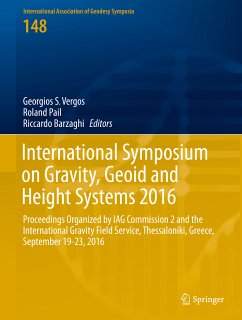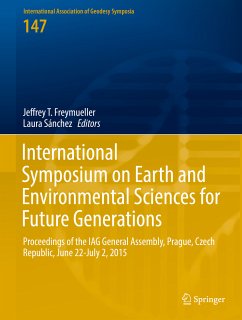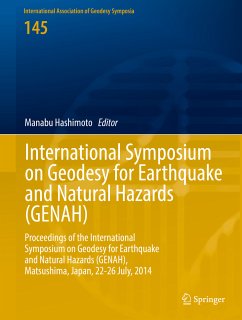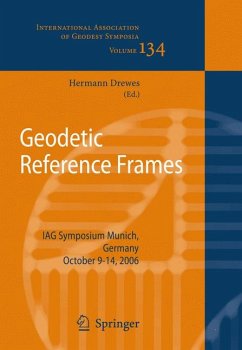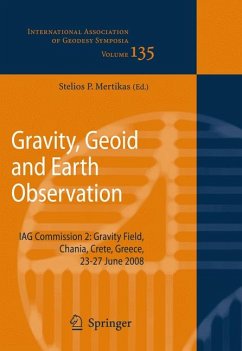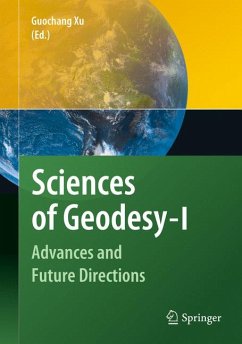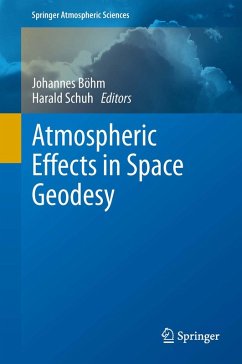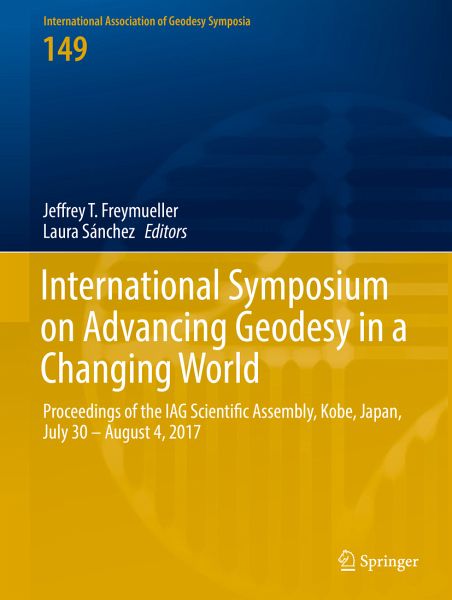
International Symposium on Advancing Geodesy in a Changing World (eBook, PDF)
Proceedings of the IAG Scientific Assembly, Kobe, Japan, July 30 - August 4, 2017
Redaktion: Freymueller, Jeffrey T.; Sánchez, Laura
Versandkostenfrei!
Sofort per Download lieferbar
112,95 €
inkl. MwSt.
Weitere Ausgaben:

PAYBACK Punkte
56 °P sammeln!
Numerous step-by-step tutorials help the reader to learn quickly
A special chapter on next generation Flash prepares readers for the future
Includes ten tips on how to protect flash sites from hackers
Dieser Download kann aus rechtlichen Gründen nur mit Rechnungsadresse in A, B, BG, CY, CZ, D, DK, EW, E, FIN, F, GR, HR, H, IRL, I, LT, L, LR, M, NL, PL, P, R, S, SLO, SK ausgeliefert werden.



